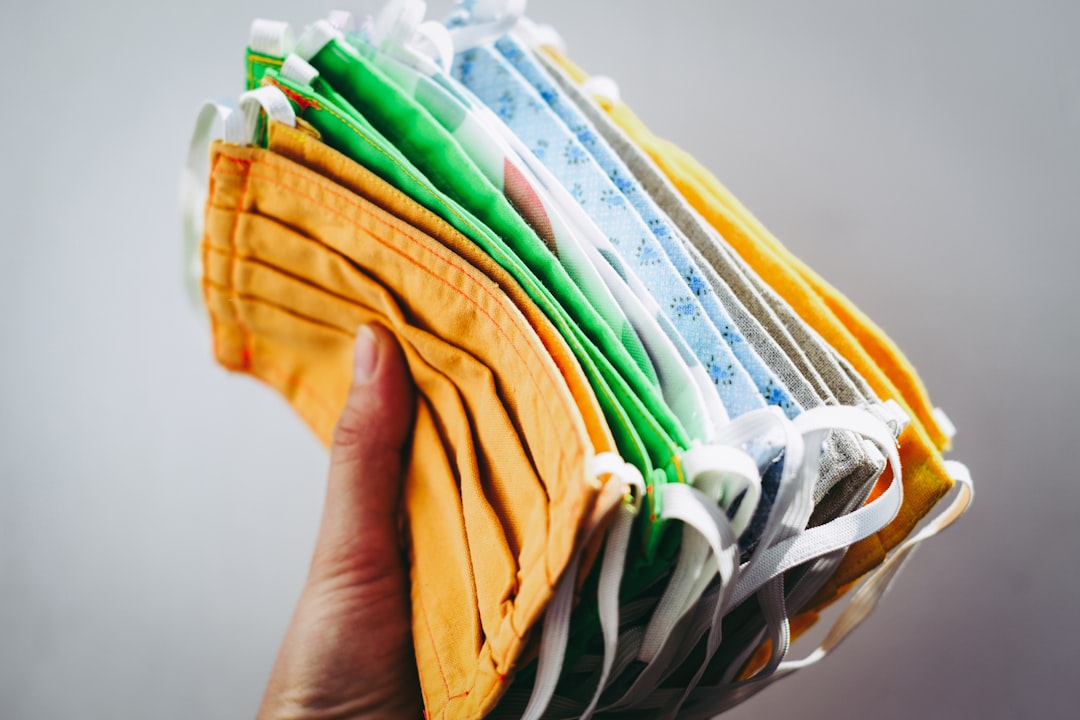What is it about?
Multiplex tissue imaging techniques utilize large panels of markers that attempt to gather as much information as possible, but increasing the number of stains does come with the downsides of increased autofluorescence and tissue degradation. There exists a theoretical subsampling of markers that is able to recreate the same information as a full panel; therefore, removing the self-correlating information with such a subset would increase the efficiency of the imaging process and maximize the information collected. By selecting an idealized subsample of markers, a deep-learning model can be trained to predict the same information as a full dataset with fewer rounds of staining. Here we evaluate several methods of subsample marker selection and demonstrate their ability to reconstruct the full panel’s information.
Featured Image

Photo by Pietro Jeng on Unsplash
Why is it important?
Multiplex tissue imaging (MTI) technologies unlock more detailed molecular phenotyping, increase our understanding of tumor heterogeneity, and lead to richer insights into cellular interactions and the physiological consequences of cellular spatial distribution within the tumor microenvironment, both of which play important roles in the development of effective treatments. While powerful, MTI approaches are time and labor-intensive, technically complicated, expensive, and subject to variations between laboratories that result from differences in sample preservation procedures. These factors complicate the development of MTI workflows as CLIA-compliant diagnostic assays and limit their applications, especially in clinical settings. Thus, the proposed approach opens the possibility of in silico MTI from a reduced MTI panel, making insights from high-plex MTI more widely available.
Read the Original
This page is a summary of: Computational multiplex panel reduction to maximize information retention in breast cancer tissue microarrays, PLoS Computational Biology, September 2022, PLOS,
DOI: 10.1371/journal.pcbi.1010505.
You can read the full text:
Resources
Contributors
The following have contributed to this page










